The Infancy Of Video Games
During the '80s, Atari only had one software engineer who was a female. This woman, Dona Bailey, who at that time only had prior experience in assembly displays at General Motors, created the smash arcade game hit Centipede, against gigantic odds in a high-stakes environment during the birth of the gaming industry. When asked if there was any additional pressure of her because of her gender she responded "I think there was a lot of additional pressure just by being the only female. I think I was watched a lot more than I would have been.
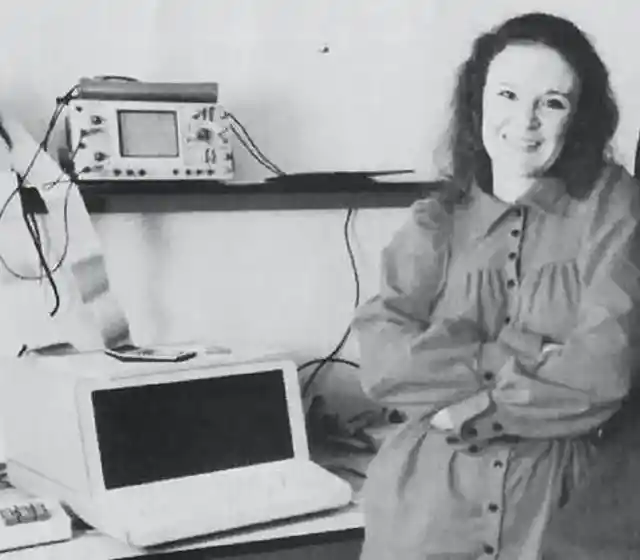
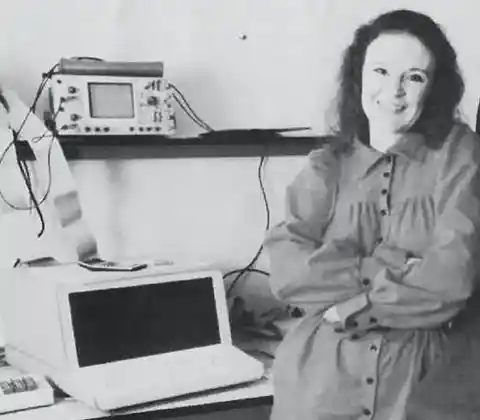
I could have blended in a lot better, if not for that one thing. You never know what you'd be like if you were male--and I never spent any time thinking, "I wonder." Through the intimidating work environment, she managed to become a staple figure and a sort of "founding mother" during the infancy of video games. Here's why it's important that you know her story.
Often times, when the topic of video games are brought up, it's mostly referred to as a boy's hobby. Girls are disregarded when it comes to video games because it is marketed as a "boy's thing", and they often contain grotesque themes such as violence and gore, something that girls could POSSIBLY not be interested in.
Meet Dona Bailey
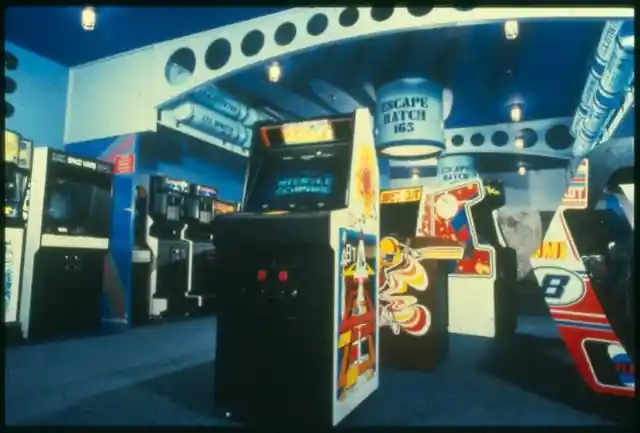
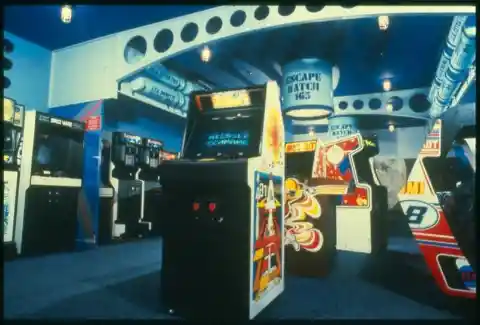
Yet, as long as there has always been boy's club, there has been a woman or women able to infiltrate the group. In 1980, a computer programmer named Dona Bailey, was able to put her foot in the door and proved that girls could hang with the boys, and even do it better.
During this time, Bailey was working as a computer programmer at General Motors, and it was during this time that Bailey became obsessed with The Pretenders song, "Space Invader".
New Found Love


A male friend of hers introduced her to the arcade game that shared the same name that was taking the video game industry by storm, Space Invaders.
Bailey became interested and although she wasn't very familiar with this new video module trend that everyone became immersed in, she decided to give it a try. As quick she had put her quarter in the game was about the same amount of time it took for her laser cannon to be destroyed by alien foe.
Only Female
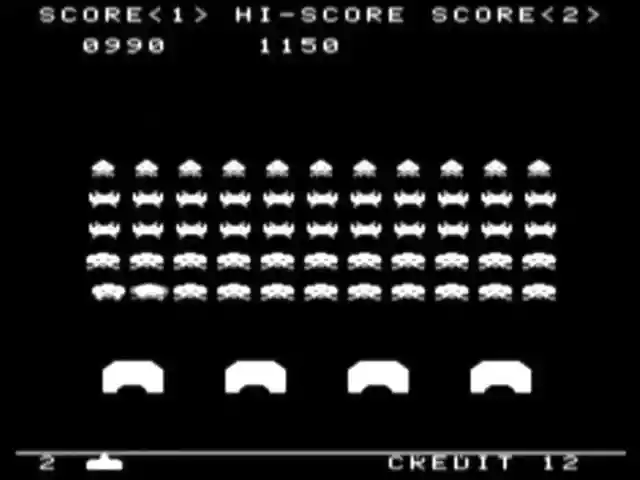
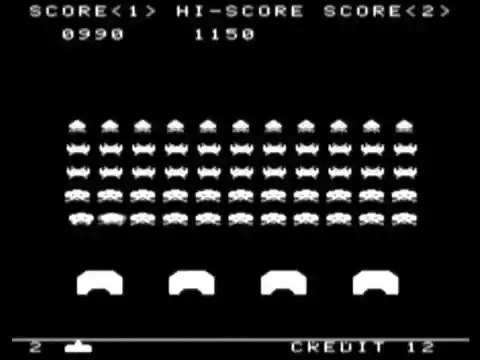
But it also took this short amount of time for her to become absolutely infatuated with the concept. She soon found out that the microprocessor she worked with at GM, was the very same one being used by Atari, which was one of the biggest companies in the video game industry during that time.
When Bailey decided to go forth and work at Atari, she realized she was one of the only female programmers within it's arcade division.
Idea Notebook
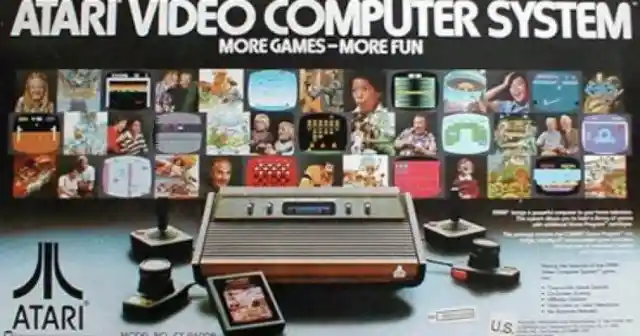
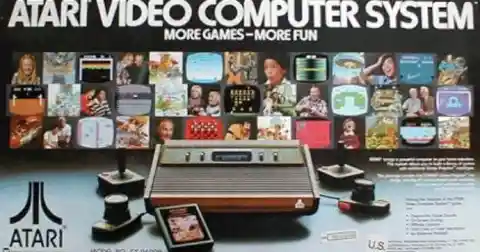
In an interview with the gaming website Gamasutura, she said "It was a ratio of 30 to 1, and by the time I left, it was about 120 to 1." Yet, Bailey did not let this hinder her work.
She is able to recall a notebook that Atari had at one point, filled with ideas for over 30 game projects. The only idea that she can remember that WASN'T violent, was a short, two-sentence description about a multi-segmented insect that walks out on the screen and winds it's way down toward the player.
An Idea Is Born
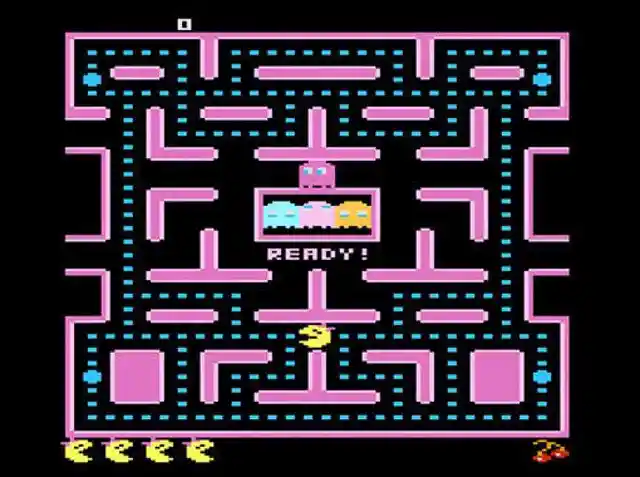
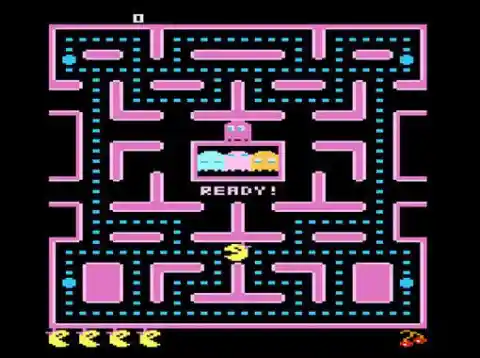
She says of the idea that, "The shooting part was left kind of implied because if the multi-segmented insect is the bad thing and the player is at the bottom, you kind of have to shoot. But it didn't seem bad to shoot a bug."
The idea of the game had appealed to Bailey so much so, that she began to work on the "Centipede" project. She was the software engineer on the four-person team.
"Centipede"
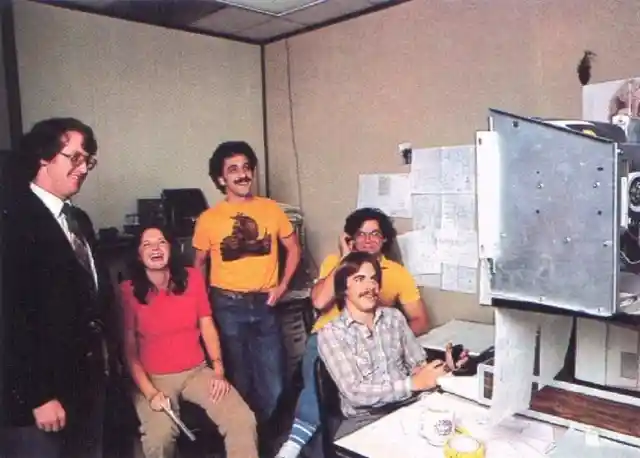
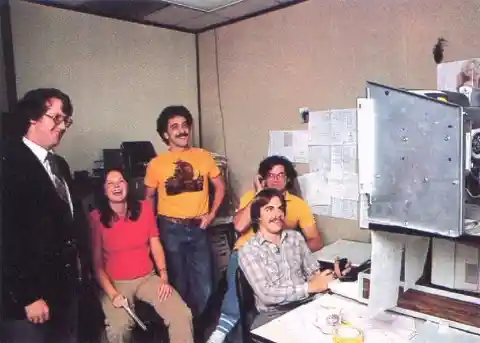
She adds, "There were no books, no tutorials, no place to go when you needed help." They simply had to do it on their own and overcome any challenges that were thrown their way.
Described as introverted and shy, Bailey managed to co-create the iconic and well known arcade game, Centipede.
Downward
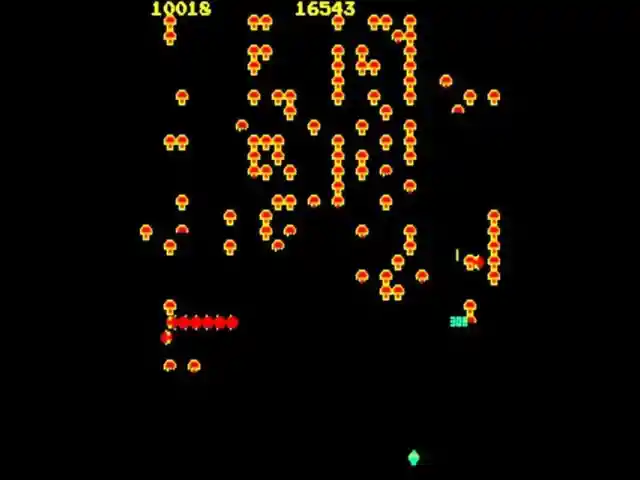
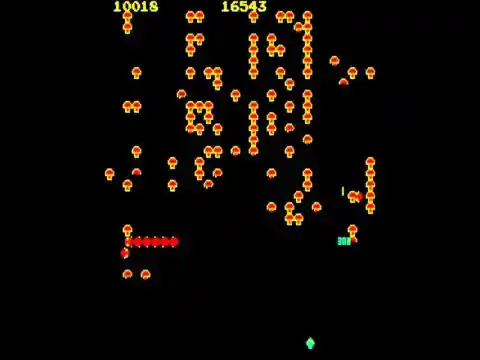
If you're completely out of the loop and don't really pay attention to pop culture, Centipede is a fixed shooter game in which the player fights off centipedes, piers, scorpions, and fleas, completing a round after eliminating the centipede that winds down the playing field.
After the success of Centipede, Bailey worked on one other game, but it never came out. Because processors were so limited at the time, she couldn't make the game look or do the things she wanted. Soon after that, she left Atari at 26 years old.
Intimidated
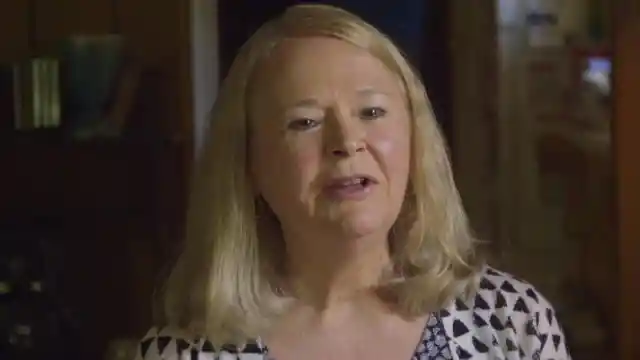

Today, Bailey teaches rhetoric and writing at the University of Arkansas at Little Rock. She lost contact with Atari up until 10 years ago, when there was renewed nostalgic interest in the company.
When asked about whether she had been intimidated or not by her new work environment she said, "Not intimidated, but it was really an interesting experience. It was my first exposure to this kind of situation when you're the only person of a certain kind; you kind of lose your identity. It's really strange; it's not that I ever forgot I was female, but I would go for stretches where I would sort of forget!
Golden Success
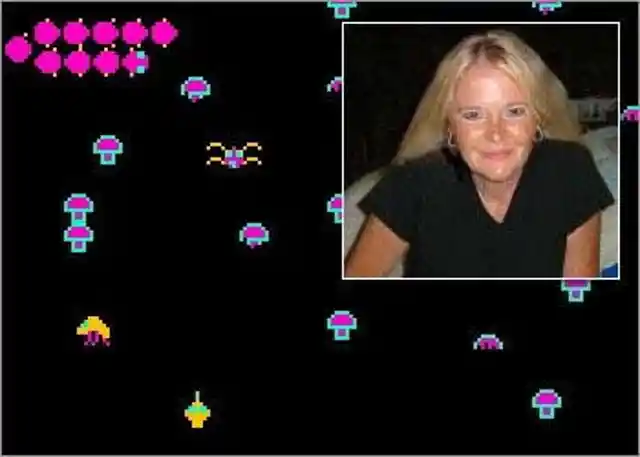
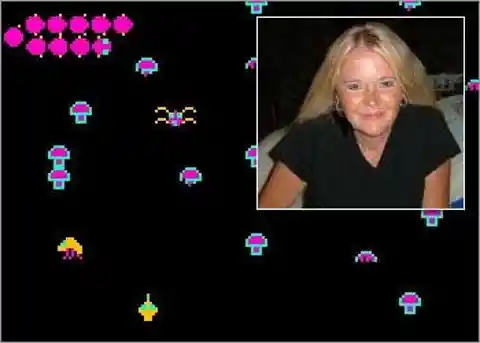
It had some good points, and it was kind of tough, though. I remember towards the end of the second year I remember thinking, "I want to know what I'm like again, on my own, by myself without all of this around me."
The challenge of the game invited and intrigued a large crowd, who made the game a complete golden success for Atari. In fact, the games nostalgic legacy has carried on, and was soon released on other consoles such as PCs, Gameboy, Xbox, PlayStation 2, and can now be purchased on mobile apps.
Pushed Out
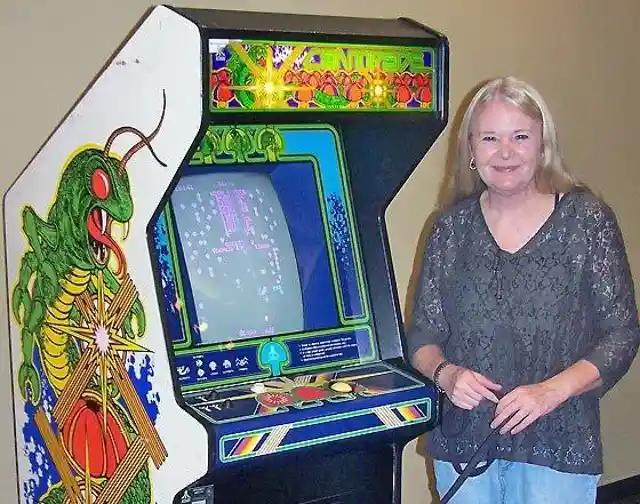
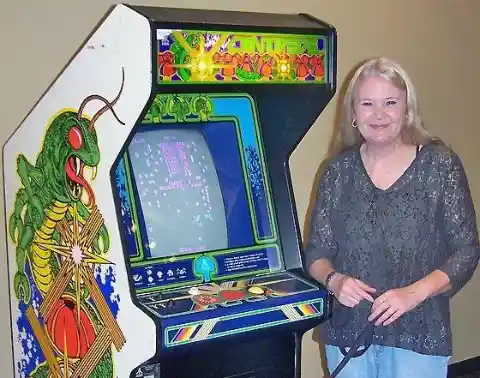
Although the game saw huge success, Bailey's reputation began to diminish as rumors circulated saying that she hadn't really had a hand in the creation of the game, or that the success of the game had been a complete fluke.
Statistics
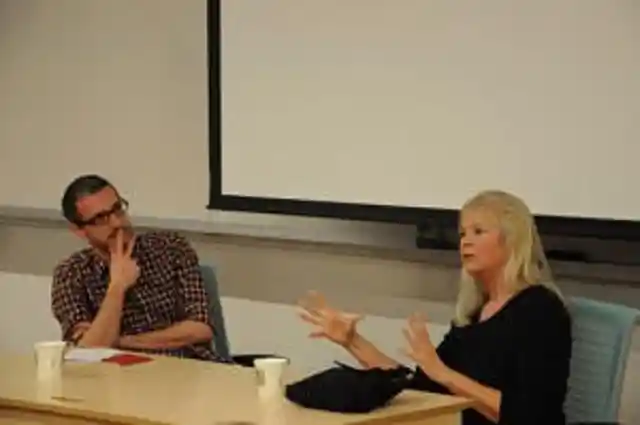
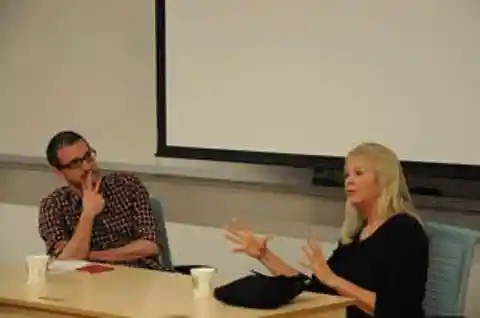
It seemed that although Bailey had completely removed herself from the video game world for the past 30 years, and although she sometimes gets minor recognition, she has admitted that the reason she is currently shying away from the limelight is because she is working on a screenplay about her experience at Atari.
Although statistics have shown that the percentage of women who play video games on a console, PC or handheld device is equal to the number of men, it seems as though the video game world is still lacking invitation to it's female participants. In fact, 60 percent of all adults believe that video games are still mostly played by men or young boys. What does this prove?
Her Legacy


Simply that this stigma needs to be challenged. It means that there is still major work that needs to be done in how we approach marketing video games to children or adults.
Bailey's legacy has since inspired countless video gamers to follow in her footsteps, especially women in terms of programming, representation, and marketing. Since the story of Dona Bailey has become more public, women are coming forward with stories about sexism that they have experienced in the video game industry. A 2005 study (the most recent comprehensive survey) said that 88 percent of the industry's employees are male.
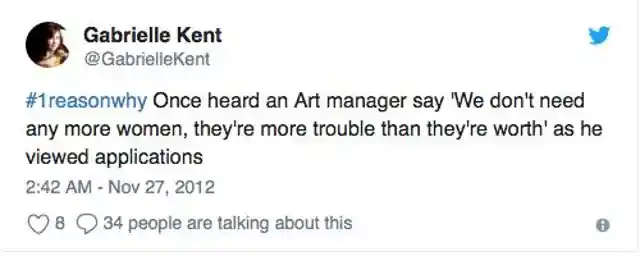
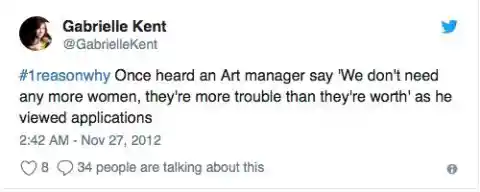
When the issue of salary came up, a salary survey done by gaming professionals at Game Developer magazine, female animators made $26,000 less than their male counterparts in 2011. On average, female programmers ($83,333) made about 10 grand less than male programmers (93,263).